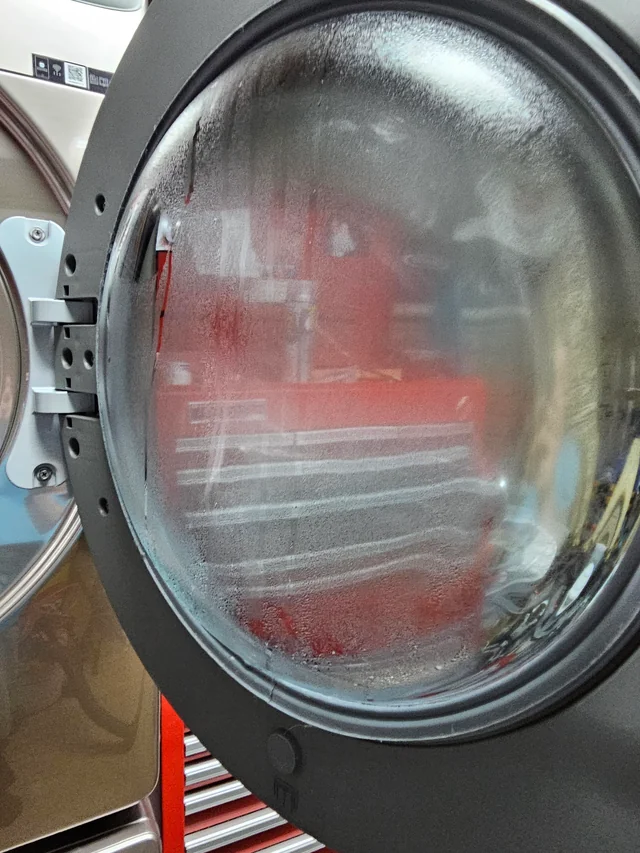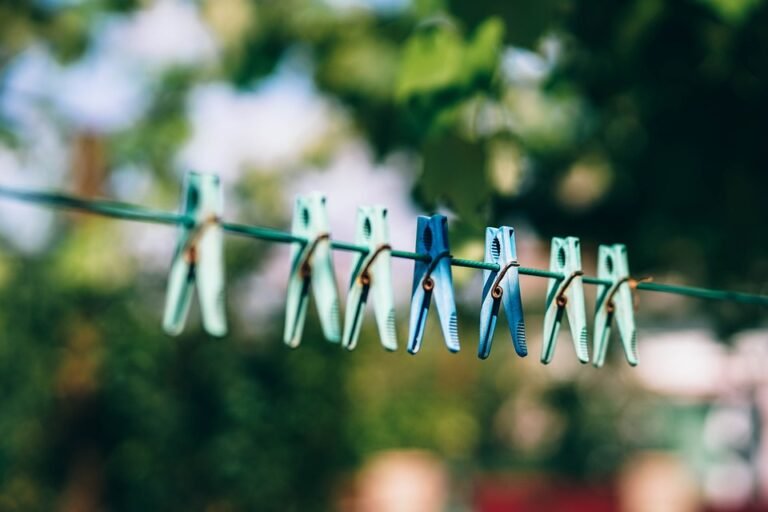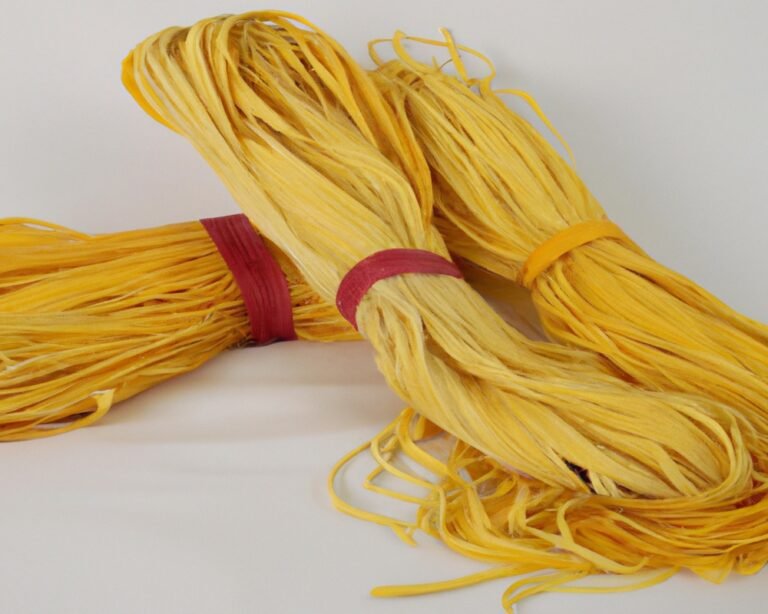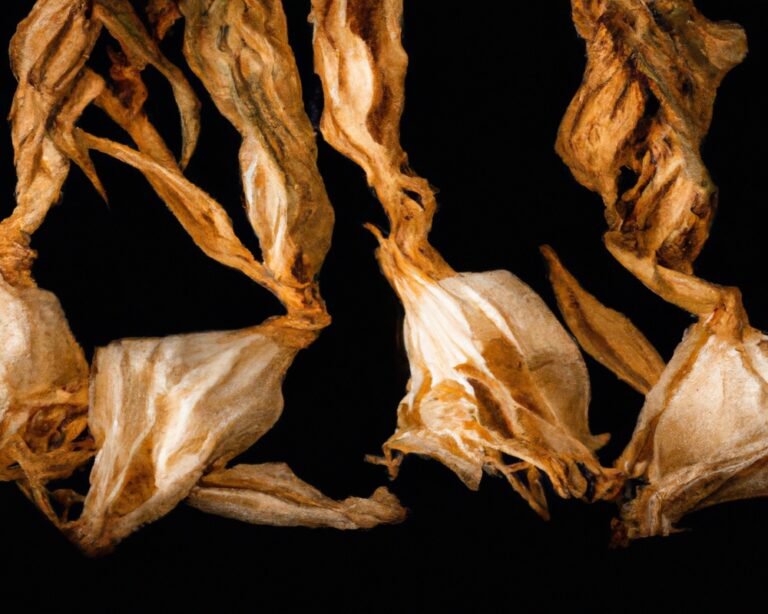Flat Drying Efficiency Boost: Fast and Effective Solutions!
Key Takeaways:
- Flat drying can help garments maintain their shape and prevent stretching or distortion.
- It is a recommended method for drying delicate or woolen clothing items.
- Using a flat surface allows for more efficient air circulation and faster drying.
- Flat drying can help extend the lifespan of your clothes by preventing damage caused by hanging or tumbling in a dryer.
Are you tired of clothes losing their shape and becoming misshapen after every wash?
Well, I have just the solution for you: flat drying! In this article, we will explore the concept of flat drying, along with its numerous benefits.
I will share various techniques that you can use to achieve optimal results, as well as provide valuable advice on choosing the right materials for flat drying.
Plus, I’ll give you some helpful tips on proper positioning and avoiding common mistakes.
So, if you’re looking to maintain the quality and shape of your favorite garments, keep reading, because flat drying is about to revolutionize your laundry routine!
| Methods | Description | Advantages | Disadvantages |
|---|---|---|---|
| Sun drying | Placing the items outdoors under direct sunlight to dry. |
|
|
| Indoor drying racks | Using retractable or collapsible racks placed indoors. |
|
|
| Flat drying racks | Using specially designed racks with mesh surfaces to allow air circulation. |
|
|
What is Flat Drying?
Flat drying is a method of drying clothes on a flat surface instead of hanging them up.
Understanding the concept
Understanding the concept of flat drying is important to make the most of this method.
It involves laying out clothing or textiles flat on a surface to dry instead of hanging them up.
One benefit of flat drying is that it helps to prevent garments from losing their shape.
Additionally, it can reduce the risk of wrinkles and stretching.
Flat drying is especially useful for delicate items like sweaters or dresses.
To try it, simply lay the item flat on a clean surface and let it air dry naturally.
Benefits of flat drying
Flat drying has several benefits that make it a great option for drying your clothes.
- Faster Drying Time: Flat drying allows your clothes to dry much faster compared to hanging them on a clothesline or using a dryer. This can be especially useful when you need to dry clothes quickly.
- Reduces Wear and Tear: Flat drying eliminates the need for clothespins and hanging, which can cause stretching, distortion, and wrinkling. It helps your clothes maintain their shape and last longer.
- Saves Energy: By avoiding the use of a clothes dryer, you can save energy and reduce your utility bills. Flat drying is an eco-friendly drying method that requires no electricity.
- Preserves Delicate Fabrics: Delicate fabrics like silk or lace can be easily damaged in a dryer. Flat drying allows them to retain their shape and quality, preventing any potential damage.
- Convenience: Flat drying can be done both indoors and outdoors, making it a flexible option for any weather situation. It also requires minimal space, perfect for those with limited drying areas.
So, next time you do your laundry, consider flat drying as a convenient, energy-saving option that preserves your clothes and saves you time.
Flat Drying Techniques
Flat drying techniques include air-drying, using a horizontal drying rack, or laying clothes flat on a towel.
Air-drying
Air-drying is a simple and effective method to dry items without using a dryer or drying by heat method.
It is a cost-effective and environmentally friendly way to dry clothes, linens, and other items.
Here are a few things to keep in mind when air-drying:
- Find a suitable space: Choose a well-ventilated area, such as a balcony or a clothesline in your backyard, where your items can hang freely.
- Use hangers or clothespins: Secure your items with hangers or clothespins to prevent them from falling off or getting stretched out.
- Allow enough time: Air-drying might take longer than using a dryer, so plan accordingly. Give your items enough time to completely dry before using or storing them.
- Shake out wrinkles: Before hanging your clothes, give them a good shake to remove any wrinkles. This will make ironing or folding easier later on.
- Avoid direct sunlight: While the sunlight can help to dry clothes faster, it might also fade colors. If you’re drying colored clothing, consider hanging them in a shaded area.
- Check the weather: If you’re planning to air-dry outdoors, keep an eye on the weather forecast. Avoid hanging your clothes outside if rain is expected.
Remember, air-drying is a convenient and energy-efficient way to dry your laundry.
Give it a try and see the difference it makes!
Horizontal drying rack
A horizontal drying rack is a convenient laundry solution that allows you to dry your clothes flat instead of hanging them up.
This type of rack typically consists of multiple shelves or trays that you can lay your clothes on.
Horizontal drying racks are great for drying delicate items that could be damaged by hanging, such as sweaters or lingerie.
They also help to prevent clothes from stretching or losing their shape.
Some horizontal drying racks are collapsible, making them easy to store when not in use.
Just lay your clothes on the rack, let them air dry, and they’ll be wrinkle-free and ready to wear.
Flat drying on a towel
Flat drying on a towel is a convenient and effective way to dry various items. Simply lay the item on a clean, dry towel and gently press to remove excess moisture.
For best results, avoid stretching the item or exposing it to direct sunlight.
This method is especially useful for delicate fabrics like lingerie, sweaters, and swimwear. Plus, it helps to maintain the item’s original shape and prevent any potential damage from heat or tumbling in the dryer.
So next time, give flat drying on a towel a try!

Materials Suitable for Flat Drying
When it comes to flat drying, there are some materials that are more suitable than others. Delicate fabrics, sweaters and knitwear, and swimwear and lingerie are all examples of materials that can be safely flat dried.
Delicate fabrics
Delicate fabrics require special care when it comes to drying.
Here are some tips to ensure your delicate fabrics stay in good condition:
- Air drying: Consider air drying delicate fabrics instead of using a dryer. Hang them up or lay them flat on a clean surface.
- Flat drying: Lay delicate fabrics flat to dry. This helps to prevent stretching or misshaping.
- Use a towel: Place a clean towel underneath the delicate fabric when laying it flat to absorb any excess moisture.
- Avoid direct sunlight: Direct sunlight can cause fabrics to fade or become discolored. Find a well-ventilated area instead.
- Handle with care: Delicate fabrics can be easily damaged, so handle them gently when moving or rearranging them.
Remember, taking the extra time to dry delicate fabrics properly will help them stay in great condition for longer.
Sweaters and knitwear
Sweaters and knitwear are great options for flat drying. They are often delicate and can lose their shape if hung.
Lay them flat on a clean, dry surface, like a towel or mesh rack.
Gently reshape the sweater to its original form, and let it air dry. Avoid direct sunlight and heat sources, as they can damage the fabric.
Patience is key with sweaters – they can take longer to dry, but it’s worth it to keep them looking their best.
Swimwear and lingerie
Swimwear and lingerie are two specific types of clothing that require special care when it comes to drying them flat.
The delicate fabrics and intricate details on swimwear and lingerie can easily get damaged if not dried properly.
Here are some materials suitable for flat drying swimwear and lingerie:
- Mesh drying rack: This allows air to circulate around the garments, helping them dry evenly and reducing the risk of stretching or warping.
- Towels: Lay your swimwear or lingerie flat on a clean, absorbent towel to gently blot away excess moisture.
- Sweater drying rack: The flat surface of a sweater drying rack mimics the shape of swimwear and lingerie, making it an ideal drying option.
- A clean, flat surface: If you don’t have any special drying racks, simply lay your swimwear and lingerie flat on a clean, dry towel or a clean countertop.
Remember to avoid wringing or twisting your swimwear and lingerie, as this can damage the delicate fabrics and elastic.
Take care to reshape the garments while they’re still wet, ensuring that they retain their original shape as they dry.
By giving your swimwear and lingerie the proper drying technique, you’ll be able to extend their lifespan and keep them looking their best for a long time.
Tips for Effective Flat Drying
Choosing the right location and properly positioning your garments are key for effective flat drying. Additionally, taking precautions to avoid shrinking and stretching will help ensure optimal results.
Choosing the right location
Choosing the right location for flat drying is important to ensure the best results. Here are some tips to help you make the right choice:
- Find a well-ventilated area: Look for a location with good air circulation to aid in the drying process. This can be near an open window, on a balcony, or in a room with a fan.
- Avoid direct sunlight: While sunlight helps with drying, it can fade colors and damage delicate fabrics. Choose a spot that offers indirect sunlight or shade to protect your clothes.
- Consider the weather: Check the weather forecast before selecting a location. Avoid placing your clothes outside on rainy or windy days to prevent them from getting wet or blowing away.
- Keep it clean: Make sure the area you choose is clean and free from dust, dirt, and debris. This will help keep your clothes clean and prevent them from picking up any unwanted odors.
- Prioritize privacy: If you’re living in a shared space or a community with limited privacy, choose a location that offers some level of privacy. This will prevent your clothes from being touched or disturbed by others.
When it comes to flat drying, choosing the right location can make a big difference in the efficiency and quality of the process. Take these tips into consideration to ensure your clothes dry properly and stay in good condition.
Proper positioning of garments
Proper positioning of garments is essential for effective flat drying.
Here are some tips to ensure your clothes dry efficiently:
- Lay garments flat: Arrange your clothes on a clean, flat surface, ensuring no wrinkles or overlaps. This helps clothes retain their shape and reduces drying time.
- Smooth out wrinkles: Gently smooth out any wrinkles or creases before placing the garments flat. This promotes even drying and prevents unwanted creases from forming.
- Separate delicate items: If you have delicate fabrics or items with special care instructions, such as wool or silk, place them separately to avoid stretching or damage.
- Flip occasionally: During the drying process, flip your garments occasionally to ensure both sides dry evenly. This is especially important for thicker fabrics like jeans or sweaters.
- Adequate airflow: Ensure the area where you are drying your clothes has proper airflow. Avoid placing clothes in a cramped or humid space, as it can lead to longer drying times and musty odors.
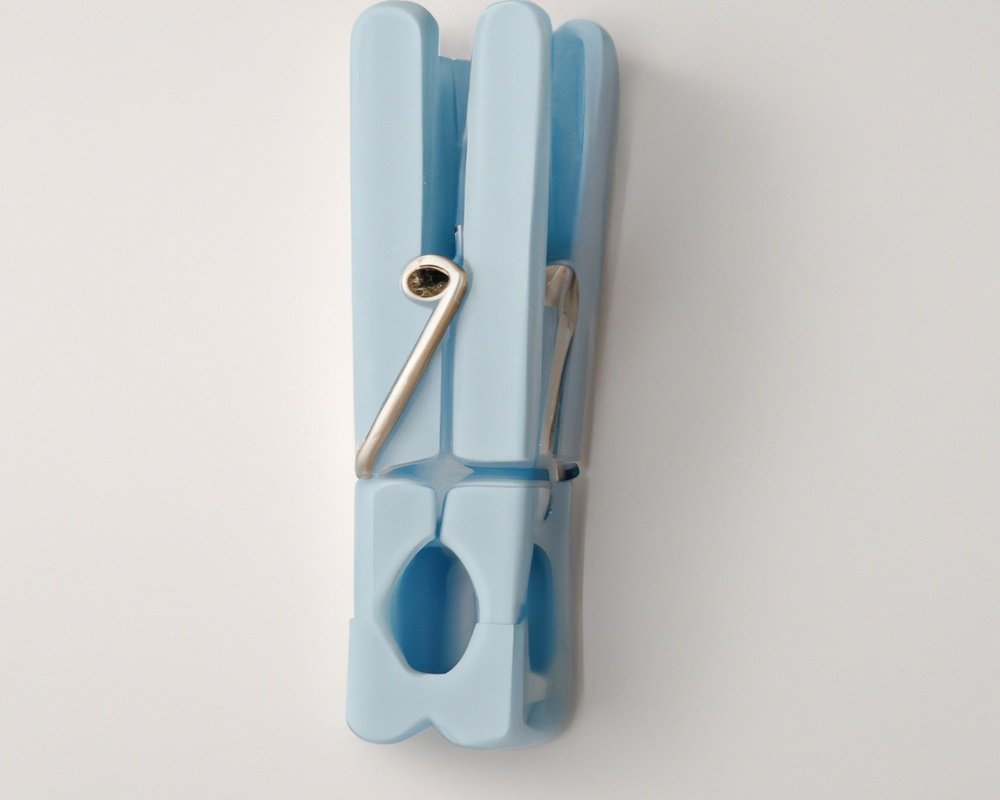
Avoiding shrinking and stretching
When it comes to flat drying, avoiding shrinking and stretching is crucial. Here are some tips to help you achieve this:
- Sort your clothes: Separate delicate fabrics from heavier ones to prevent stretching or shrinking.
- Use a gentle detergent: Harsh detergents can weaken fibers, leading to shrinking. Opt for a mild, gentle detergent instead.
- Avoid hot water: Wash in cool or lukewarm water to reduce the risk of shrinking.
- Don’t wring or twist: Gently squeeze out excess water without twisting or wringing your clothes, as this can cause stretching.
- Lay flat to dry: Avoid hanging or laying your clothes on a line, as the weight can stretch the fabric. Instead, lay them flat on a clean, dry surface.
- Reshape when wet: If your clothes are out of shape after washing, gently reshape them while they’re still wet to maintain their original size.
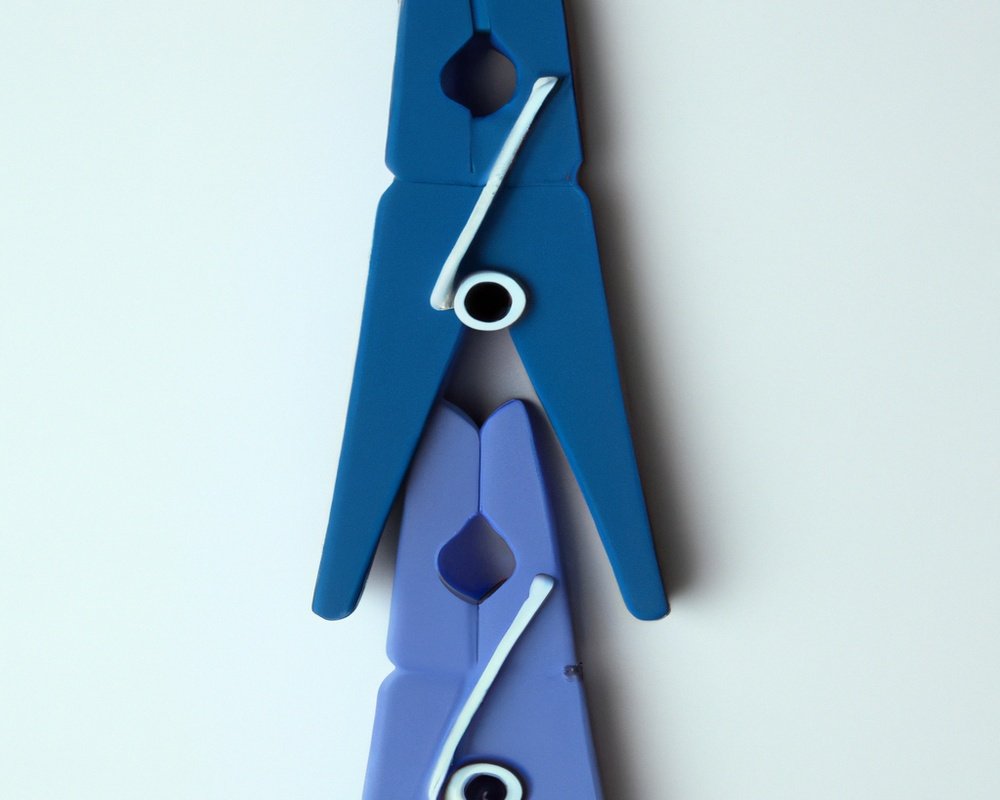
Common Mistakes to Avoid
To prevent common mistakes when drying clothes, avoid hanging them together, using high heat, and overcrowding the drying area.
Hanging clothes to dry
Hanging clothes to dry is an eco-friendly and cost-effective method.
Choose a well-ventilated location, preferably outdoors or near a window.
Here’s how to do it right:
- Use sturdy clotheslines or drying racks to support the weight of wet clothes.
- Avoid overcrowding clothes on the line, as it hinders airflow and extends drying time.
- Hang lightweight items like shirts and skirts on hangers, while heavier items like jeans can be pinned directly.
- Shake out clothes before hanging to reduce wrinkles.
Using high heat
Using high heat can be tempting when drying your clothes, but it can do more harm than good. High heat can damage the fabric, causing shrinkage, fading, and even tearing.
It’s best to use medium heat or lower to preserve the quality and longevity of your clothes.
Additionally, high heat can also increase your energy consumption, adding unnecessary costs to your utility bill. To avoid these issues, opt for a gentler setting when drying your clothes.
Overcrowding the drying area
Overcrowding the drying area can lead to inefficient drying and potential damage to your clothes. When you place too many items in a small space, air circulation becomes limited, and clothes take longer to dry.
This can result in damp or musty-smelling garments.
To avoid this, make sure to leave enough space between your clothes while drying to allow air to circulate freely. This will help your clothes dry faster and prevent any unwanted odors.
Frequently Asked Questions
How long does flat drying take?
Flat drying times can vary depending on several factors like fabric thickness, humidity, and air circulation. Generally, it takes between 24 to 48 hours for clothes to dry completely when laid flat.
Thinner fabrics may dry faster, while heavier materials like towels or denim may take longer.
To speed up the drying process, make sure the clothes are spread out evenly and placed in a well-ventilated area.
Can I flat dry clothes outdoors?
Can I flat dry clothes outdoors? Yes, you can definitely flat dry clothes outdoors! It’s a convenient and energy-efficient method.
Just make sure to check the weather forecast to avoid rain or excessive humidity.
Find a clean and dry surface, like a clothesline or a drying rack, and lay your clothes flat. This method is great for delicate items that shouldn’t be hung or those that may stretch when hanging.
Will flat drying eliminate wrinkles?
Flat drying can help reduce wrinkles, but it may not completely eliminate them.
When you flat dry your clothes, you lay them out flat on a surface to dry, which can minimize the formation of new wrinkles.
However, if your clothes are already heavily wrinkled, flat drying alone may not be enough to completely remove all wrinkles.
To achieve wrinkle-free results, consider combining flat drying with other methods such as ironing or steaming.
Final Verdict
Flat drying is a simple yet effective technique for preserving the quality and shape of your delicate garments. By understanding the concept and benefits of flat drying, and utilizing techniques such as air-drying, horizontal drying racks, and flat drying on a towel, you can ensure that your clothes dry efficiently without damaging them.
It is important to choose the right location, properly position your garments, and avoid common mistakes like hanging clothes or using high heat.
By following these tips, you can enjoy the benefits of flat drying and prolong the lifespan of your favorite items.




